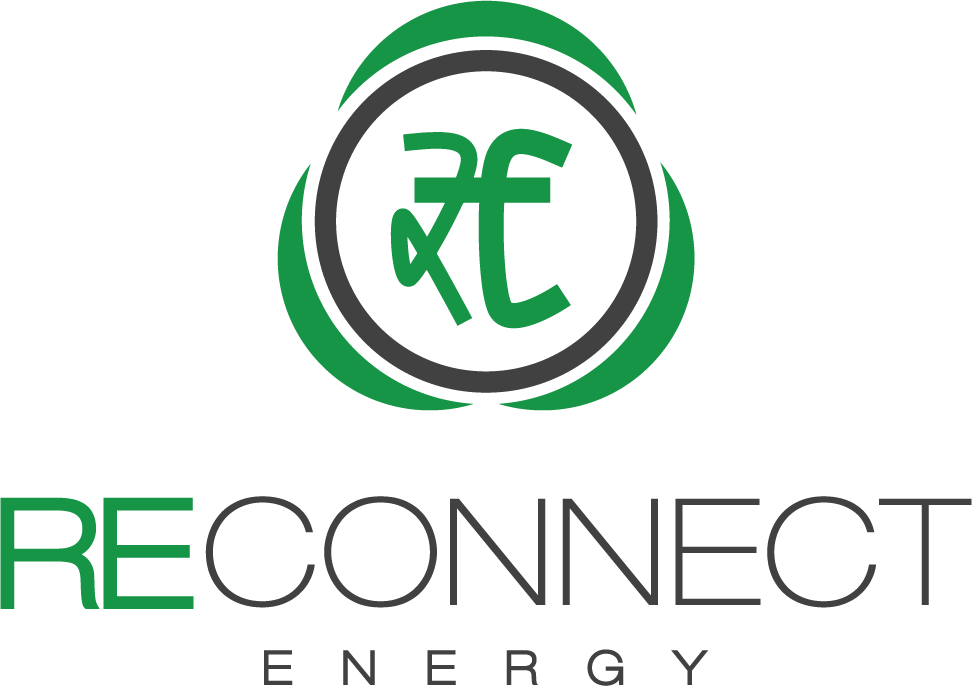Cabinet approves inclusion of Large Hydro Power as Renewable Energy
In a recent development, the union cabinet chaired by the Prime Minister approved to promote hydropower sector which includes large hydropower projects (HPO) as a part of the non-solar Renewable Purchase Obligation (RPO). India is endowed with large hydropower potential of 1,45,320 MW of which only about 45,400 MW has been utilized so far. Only about 10,000 MW of hydropower has been added in the last 10 years. The hydropower sector is currently going through a challenging phase and the share of hydropower in the total capacity has declined from 50.36% in the 1960s to around 13% in 2018-19.
The details of the development are as below:
- Large Hydropower Projects shall be declared as Renewable Energy source (as per existing practice, only hydropower projects less than 25MW are categorized as Renewable Energy; this practice is also followed globally).
- HPO will be a separate entity within non-solar Renewable Purchase Obligation in order to cover LHPs commissioned after notification of these measures (SHPs are already covered under Non-Solar Renewable Purchase Obligation). The trajectory of annual HPO targets will be notified by Ministry of Power based on the projected capacity addition plans in the hydropower sector. Necessary amendments will be introduced in the Tariff Policy and Tariff Regulations to operationalize HPO.
Analysis:
The immediate impact of the change is likely to be minimal for two reasons: (a) this change will be difficult and complex to implement (see below), and (b) large hydro capacity which sells power in open access or under APPC is likely to be very small, and new projects have a long gestation period.
Over the longer term, this can potentially have a significant impact on the RPO and REC mechanism, depending on the details of the implementation. Some of the impacted areas will be:
- Non-solar RPO – It remains to be seen if additional HPO% will be incorporated in overall Non-solar RPO. Unless additional HPO is incorporated, existing projects under Non-solar REC mechanism and new capacities of wind projects will suffer as the demand for such power/ REC may reduce drastically.
Also, large hydro projects are very unevenly distributed across the country. If each state will be required to incorporate HPO in its overall RPO target, this may meet with stiff resistance from states that have very limited or no large hydro potential.
- Non-solar REC – If large hydro projects are also awarded Non-solar RECs, this will likely bring a lot of new RECs in the market, potentially depressing the prices.
It is possible that on the lines of Solar RECs, Hydro-RECs are also created. However, this will bring its own challenge as many states are likely to resist HPO targets.
- Implementation timelines – Having a new HPO target in state regulations will require amendments to several state regulations. At the same time, the REC mechanism will also have to be amended if Hydro-RECs are introduced. Overall, this change will take time to implement.
On the whole, this change will prove complex to implement and may meet with resistance from many states. One option available would be to just incorporate large hydro in the existing Non-solar RPO. However, this will have put a strong negative pressure of REC prices and future non-solar (primarily wind) capacity addition.

